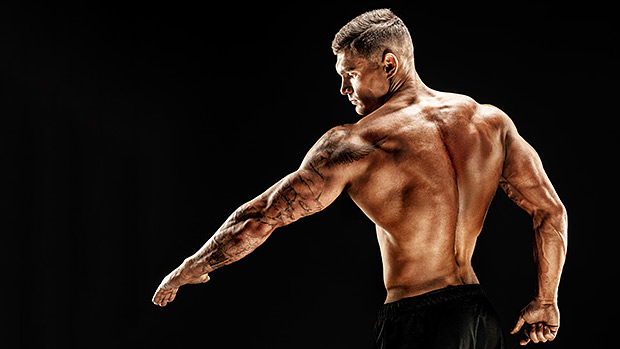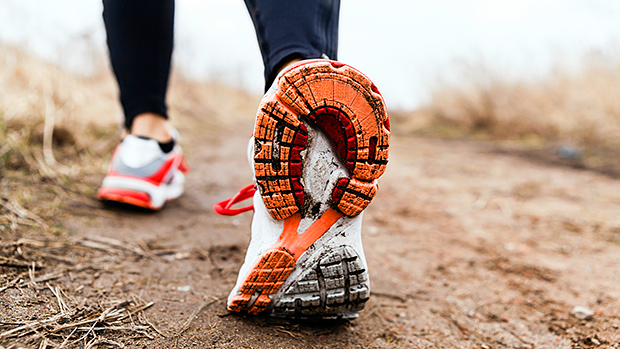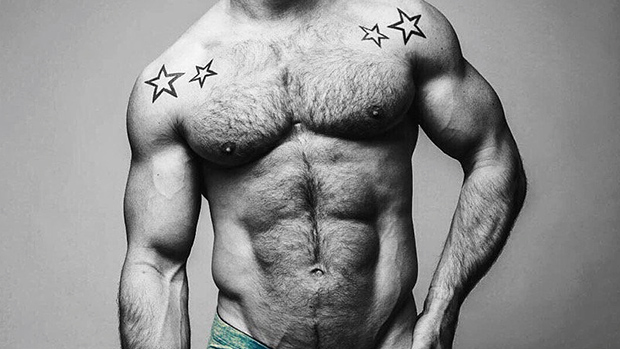What do most hardcore lifters suck at? Single-leg exercises, posterior chain and back work, and virtually anything that gets their hearts pumping. If you're one of them, let's correct that.
Here's a combination exercise that'll get you there while helping you build functional muscle and athleticism.
This is a combination of the split squat, deadlift, and row. And you can do this combo without looking like you're doing a circus act. You can also manage some respectable weight with it.
How to Do It
- Set the cable to a low position. Mid-shin is a good start. Your cable height can be changed depending on the direction you want to pull in.
- Start from the ground up. Get your position on the floor right before standing.
- Position your back knee on a pad. Both your front and back knees should be bent at about 90 degrees.
- Lean your torso forward to start, reaching toward the cable stack. A little rotation and slight spinal flexion is fine here since you're not actually compressing your spine under load. Plus, it'll load your lats even more.
- Drive most of your weight through your front foot to stand. As you do, move into an upright torso position while rowing the cable back. You can rotate the cable handle if you'd like.
- Return back to the starting position. Allow the cable to pull your torso into a forward lean again. Tap the pad every time to keep yourself from cheating.
Try 2-3 sets of 10-15 reps on each leg or just accumulate as many reps as you can for 30-45 seconds per set.
It's a single-leg exercise.
Reaching split squats will help you build muscle, stability, and athleticism. Not to mention, they're pretty darn functional. Even renowned MMA strength coach Jon Chaimberg is a big fan.
You'll hit a ton of muscle groups.
Most combination exercises are a load of junk. But these things adequately load each component of the exercise, working everything from your hamstrings to the opposing side of your back and arms. Hitting more muscle means more energy output for your conditioning workouts.
It's a contralateral move.
You're using an opposing arm and leg. Chances are, not many of your current workouts involve this kind of exercise. Contralateral movement relies on using an interconnected line of tissues known as the "posterior functional line." This line connects the glutes of one hip to your opposite side lats, creating an "X" shape that crosses your lower back. Developing stabilization between your hip and shoulder is essential.
It's versatile.
If you're short on time or prefer full-body workouts, these fit nicely into your exercise rotation. If you want to make them more difficult, just turn them into a rear-foot elevated version.
Go heavy for slow and steady reps, or go lighter and move explosively. You can use this as an assistance exercise for your heavy workouts, a finisher move at the end of a workout, or as part of a conditioning circuit.





